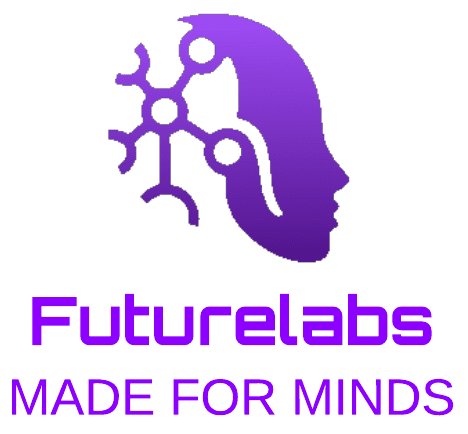THE SWIFT REGULATION OF ARTIFICIAL INTELLIGENCE IN THE PEOPLE’S REPUBLIC OF CHINA
The draft regulation as a mix of sensible restrictions on the risks of AI and a continuation of the strong tradition of Chinese government intervention in the tech industry.
In April (2023), there was a significant development in the Artificial Intelligence space in China. The Chinese internet regulator published a draft regulation on generative Artificial Intelligence. Named “Measures for the Management of Generative Artificial Intelligence Services,” the document does not call out any specific company, but the way it is written makes it clear that it was inspired by the relentless launch of large language model chatbots in China and the United States.
Last week, I participated in the CBC News podcast “Nothing Is Foreign” to discuss the draft regulation and what it means for the Chinese government to take such rapid action on a technology that is still very new.
As I said on the podcast, I see the draft regulation as a mix of sensible restrictions on the risks of AI and a continuation of the strong tradition of Chinese government intervention in the tech industry.
Many of the clauses in the draft regulation are principles that AI critics in the West advocate for: the data used to train generative AI models must not infringe on intellectual property or privacy; algorithms must not discriminate against users based on race, ethnicity, age, gender, and other attributes; AI companies must be transparent about how they obtained the training data and how they hired humans to label the data.
At the same time, there are rules that other countries would likely reject. The government requires people using these generative AI tools to register with their real identity, just as they would on any social platform in China. The content generated by AI software must also “reflect the fundamental values of socialism.”
None of these requirements are surprising. The Chinese government has tightly regulated tech companies in recent years, punishing platforms for lax moderation and incorporating new products into the established censorship regime.
The document makes that regulatory tradition easy to see: there are frequent mentions of other rules that have been passed in China regarding personal data, algorithms, deepfakes, cybersecurity, etc. In a way, it feels as if these discrete documents are slowly forming a network of rules that help the government address new challenges in the technological era.
The fact that the Chinese government can react so quickly to a new technological phenomenon is a double-edged sword. The strength of this approach, which examines each new technological trend separately, “is its precision, creating specific remedies for specific problems,” wrote Matt Sheehan, a fellow at the Carnegie Endowment for International Peace. “The weakness is its fragmented nature, with regulators forced to draft new regulations for new applications or problems.” If the government is busy playing whack-a-mole with new rules, it could miss the opportunity to think strategically about a long-term vision for AI. We can contrast this approach with that of the EU, which has been working on a “hugely ambitious” AI Act for years, as my colleague Melissa recently explained. (A recent review of the AI Act draft included regulations on generative AI).
There’s one point I didn’t mention on the podcast but find fascinating. Despite the restrictive nature of the document, it is also a tacit encouragement for companies to continue working on AI. The proposed maximum fine for violating the rules is 100,000 RMB, around 15,000 dollars, a tiny amount for any company capable of building large language models.
Of course, if a company is fined every time its AI model violates the rules, the amounts could add up. But the size of the fine suggests that the rules are not meant to scare companies into not investing in AI. As Angela Zhang, a law professor at the University of Hong Kong, recently wrote, the government is playing multiple roles: “The Chinese government should not only be seen as a regulator but also as an advocate, sponsor, and investor in AI. The ministries that advocate for the development of AI, along with state sponsors and investors, are prepared to become a powerful counterbalance to strict AI regulation.”
It may take a few months before regulators finalize the draft, and months more before it comes into effect. But I know that many people, including myself, will be watching for any changes.
Who knows? By the time the regulation comes into effect, there might be another new viral AI product that forces the government to come up with even more rules.
Analysis Team of the Future Laboratory / MIT Publication – Massachusetts Institute of Technology (United States). Article by Zeyi Yang.
Translation from English: Translation and Interpretation Team of the Future Laboratory.






0 Comments